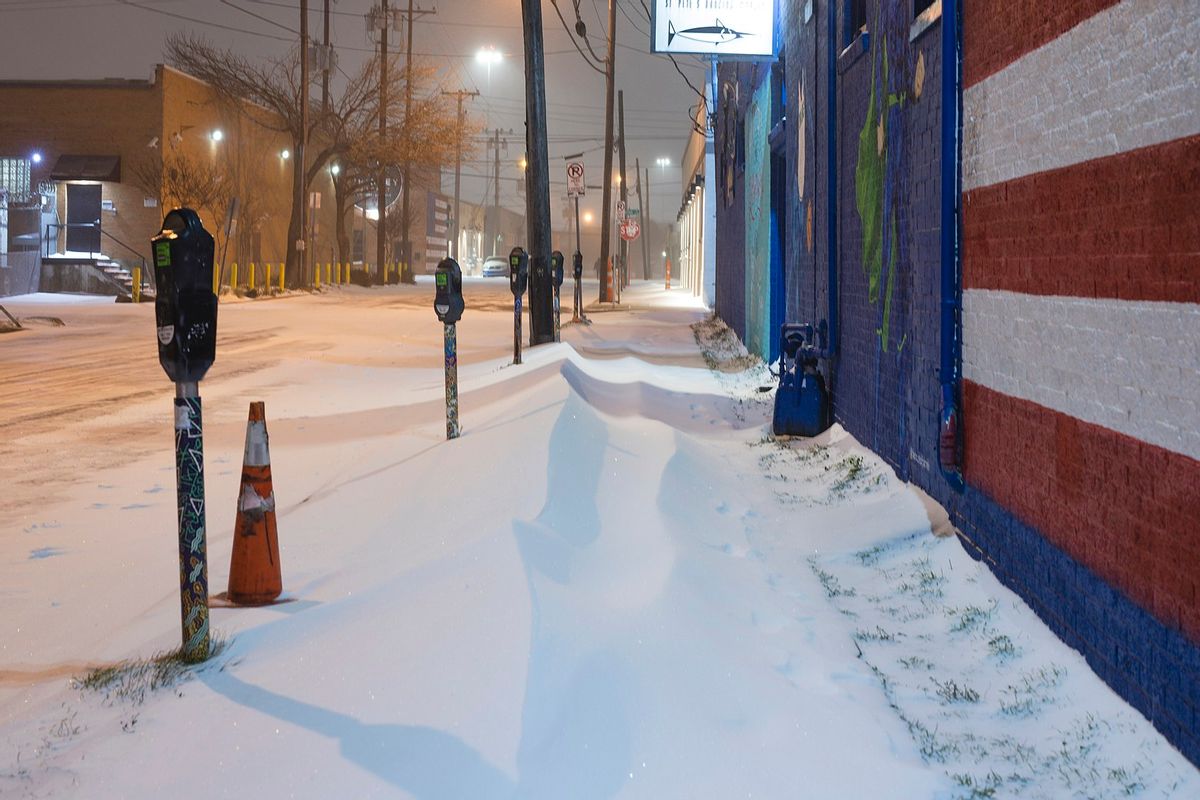Heating bills across the U.S. are set to surge in late 2021, a consequence of higher inflation and a slightly colder winter. According to the U.S. Energy Information Administration (EIA), “retail prices for energy are at or near multiyear highs in the United States.”
The costs could rise by as much as 54% for some households that use propane to heat their homes. Nearly half of households use natural gas to heat their homes, and for them the costs will rise by around 30%. The EIA broke down the rising prices below:
Even when we vary weather expectations, we expect the increase in energy prices as the United States returns to economic growth to mean higher residential energy bills this winter:
- We expect that the nearly half of U.S. households that heat primarily with natural gas will spend 30% more than they spent last winter on average—50% more if the winter is 10% colder-than-average and 22% more if the winter is 10% warmer-than-average.
- We expect the 41% of U.S. households that heat primarily with electricity will spend 6% more—15% more in a colder winter and 4% more in a warmer winter.
- The 5% of U.S. households that heat primarily with propane will spend 54% more—94% more in a colder winter and 29% more in a warmer winter.
- The 4% of U.S. households that heat primarily with heating oil will spend 43% more—59% more in a colder winter and 30% more in a warmer winter.
According to the EIA, households that primarily use natural gas, will “spend $746 this winter.” They argue that these changes come from higher expected consumption and higher costs. If the winter is colder than predicted, overall household expenditures could rise up to 50% for natural gas consumers.
According to the BBC, the cost of living in the U.S. has risen sharply alongside higher consumer demand and supply-chain bottlenecks. Prices dropped to multi-year lows in 2020, according to The Associated Press, and amidst shutdowns during the pandemic, energy production also slowed down. Now that the economy is returning to life, demand has grown faster than production, meaning costs are much higher.
